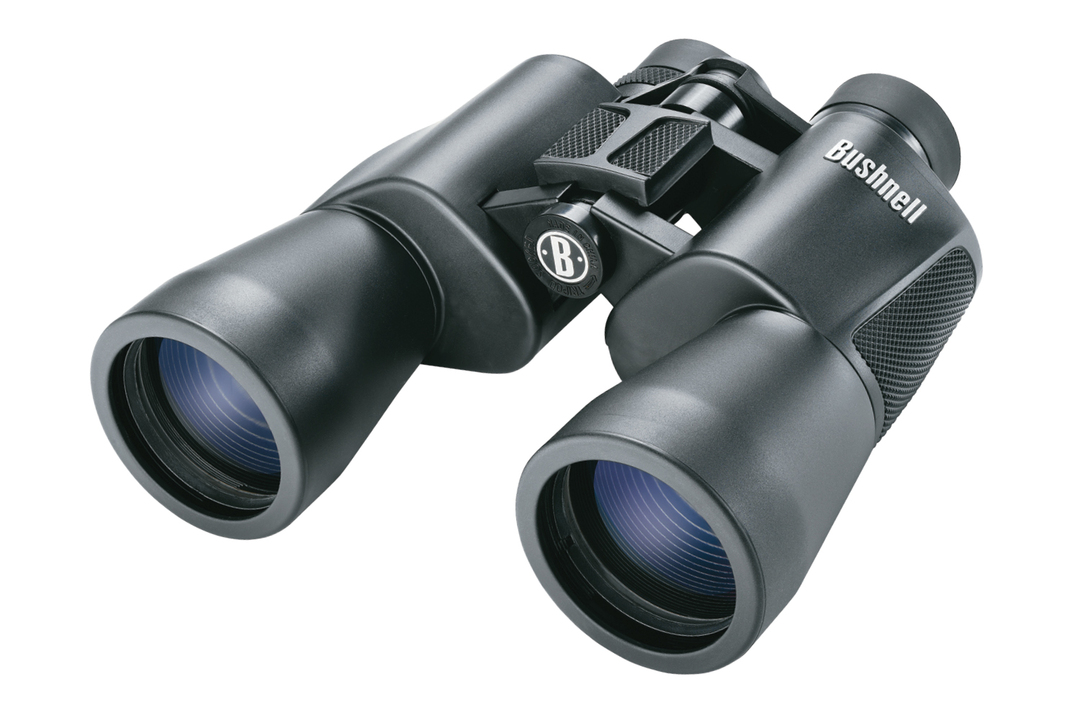Heating the sample traditional systems are no longer in demand, because they were replaced a few more effective ways of heating buildings for different purposes. Many people are hesitant to use technology in connection with a lack of awareness, while others believe that such spending will never be repaid. Another big stereotypes arise when installing underfloor heating under the linoleum in wooden houses or on a wooden floor. However the main subject technology and stacking nuances such systems can be mounted on this type of foundation.

Happy owners of the houses made of wood are lucky enough, because of the insulating properties of this natural material known to everyone. In addition to the unrivaled appearance, it is worth considering, and on ensuring maximum comfort inside the premises.
If the floor has been insulated properly, the need for warm socks on the cold weather will be gone forever. The best fit is so popular technology space heating as floor heating, which can be installed both on concrete and on a wooden base. Before you proceed to the necessary manipulations to install the necessary equipment should be familiar with safety regulations and the rules of connecting devices. The surface of such a device may be hidden by a conventional linoleum.
Types and characteristics of their installation

Schemes underfloor heating more, and for each of them apply a special mounting system. But as the final coating can be used different materials, including all the usual linoleum.
Species of warm floors only three:
- infrared;
- electrical;
- water.
Further, we propose to consider in more detail each type of device, its features, and installation methods.

Infrared film or a warm floor

This device is a thin film, which is sold in the form of small rolls in any construction supermarket. Inside material has infrared elements which when connected to a power supply start to emit infrared radiation that is totally harmless to man. They can not see, but feel the skin is quite real. The system heats the individual objects (e.g. linoleum) which subsequently transfer the heat to the room.
The main advantages of the material:
- thin film itself, but incredibly strong, since it consists of carboxylic emitters and copper electrodes (they are arranged perpendicularly);
- structure laminated with a special polymer film;
- during installation work to damage the expensive material is virtually impossible;
- thickness of the device is not more than 3.5 mm;
- can be installed under any type of linoleum;
- heating takes place gradually, and the maximum surface temperature such that it is inherent fail-safe component (including fire);
- ease of stacking the base material.
The maximum power rating of these devices is 220 W / m2, which is high for a material such as linoleum. The problem can be solved by purchasing a less powerful equipment with the figure of 150 W / m2 or less. A strong heating material may significantly deform. It is recommended not to exceed linoleum surface heating rate of 30 ° C.
The installation process

Procedure for installing the film:
- On the basis of the plank should remove all visible contamination and defects. As a result, you should get the most even surface. If it was decided to use plywood, the attachment must be made exclusively by means of screws.
- It is laid over the base layer of insulation (foil), and all joints are held together by a conventional adhesive tape.
- The film is placed solely on the prepared substrate in a parallel fashion. Cut material only on specially marked lines.
- For insulation tape can be used on the basis of bitumen.
- A connection to the thermostat and then to the network.
- Stacked on top of a layer of polyethylene.
- After the plywood is mounted (sheets) and the linoleum itself.
Important! Greatly facilitate the stacking process can be by means of a special metal mesh on is fastened by means of small clips.
What is warm electric field

The undoubted advantages of this type of heating should include the fact that the electric cable is used as the main heating element. It is located around the perimeter of the room. Temperature conditions can be set manually, which is undoubtedly an advantage in comparison with the same kind of water underfloor heating. Installation work will not take a lot of time for their conduct special skills are required. The disadvantages include high probability of ignition and individual circuit elements of the system, which in combination with the wood substrate and laminate making them inappropriate installation.
The recommended type of flooring for electric floor heating - or any other tile ceramic coating. However, ease of installation and affordable cost makes this type of heating preferred for modern private homes. Installation for linoleum can, however, requires substantial constraints (can not be used as a main heating source).
self installation

Procedure:
- The base should be pre-cleaned and leveled (auxiliary filler layer).
- Insulation layer. A reflective coating should be directed at the ceiling. The joints are glued using an adhesive tape construction.
- Waterproofing material. It is necessary to cover the entire working surface with a slight overlap on the wall.
- The use of the edge-type insulation. This will require a roll damping tape.
- Testing of each element of the system.
- Mounting of sensors and thermostat. At a distance of a meter from the floor making a hole. Draw a line with a regular pencil and it made pinholes around the perimeter. Stroebe made uniform by means of a drill. At the end you need to make a small hole sizes with adjustable thermostat. The temperature sensor is also installed in a small hole corrugations.
Important! Level pipe is recommended to do as much as possible smooth. This is done in order to avoid possible breakage and deformation sensors. Mounted between the thermostat and mats wire also placed in the corrugated tube. As a result, they have to go towards the exit (on the thermostat) by Stroebe.
- Mounting mats. Stacking produce in several ways. For fastening material (lower side) is used tape construction. The distance to objects in the room, including walls, should be at least 20 cm, and 15 cm between the mats. Last mat is connected to a power source. The coupling must be substantially longer cable used. And insulation is necessary to make a niche for it.
- Screed. The height of the screed on the wet mats should be at least 3 cm. You can use self-leveling floor and construction of the same height. For a complete hardening screed will take at least a month. At this time, it should eliminate any drafts in the room. To expedite the process, you can use all the same warm floor. However, the index screed strength significantly decreases.
- Sound insulation layer. The material should be put directly before laying linoleum.
Upon completion of the installation work should be re-test the system for integrity and efficiency with a special instrument. The multimeter will determine the resistance index of the material at the exit of the cable used. error percentage will be about 7% of the declared producer (10Mom or more). Checking is performed before stacking the mats and after completion of the screed flooding.
Connecting cable is entirely based on instructions provided by the manufacturer. For each room to install a separate heating system surface flooring.
Warm water floor

When using a warm water technology coatings need special gasket sample tubes through which coolant will pass directly from the heating system. If you are using central heating, it is not recommended to use this type of heating floor. Between linoleum cement and pipes should be, which also complicates stacking in areas with low ceilings.
The main weaknesses of the system:
- possible leaks, which are extremely difficult to remove;
- the complexity of any repairs;
- complex device stacking technology;
- failure to install in older apartment buildings;
- complete dependence on the central heating.
A significant reduction in the cost of utility payments is the main advantage of this technology. Elevated temperature conditions involves the use of extremely high quality and expensive linoleum. Otherwise, the material is rapidly deformed.
connection

For the arrangement of the system of this type to a wooden support, you need the use of special mat with grooves already harvested under pipe. This option is the most simple and effective at the same time as significantly reduce the time the upcoming work and help eliminate possible errors when installing the necessary equipment. It is worth paying attention to the fact that their surface is covered with heat exchangers.
Procedure:
- On the basis of the surface mounted lugs, which will form the basis of the water floor. The distance between the bars will be about 55-65 cm. Level must be carefully controlled, or a surface to be warped under the floor.
- Vapor barrier and waterproofing layer should be between the beams, under a layer of insulation. It is recommended to use only high-quality materials, for which the warranty period is provided. Plain film will provoke the appearance of condensation which would destroy the insulation.
- On the waterproofing is laid insulation. It uses mineral wool, or its quality counterparts. After the coated layer was hydro- and vapor barrier.
- Spreading a mat with grooves or splines made laying and subsequent bonding them together using the grooves and hinges.
- In the longitudinal grooves is mounted foil, over which the pipe is laid. All edges are held together by means of staples. Pipe itself must be fixed on the floor surface by means of metal plates across the grooves. This will allow fix the basic elements of the system.
Important! The length of the circuit is strictly fixed and it must not be forgotten. More precise information provided by the manufacturer. Otherwise, static equilibrium may occur. If the pipe diameter is 20 mm - 110 m, for a 16 mm - 75 m.
- Connecting to the general heating system as the final stage of installation. Perhaps the manual control, the connection with the help of the mixing unit or a collector system.
- After the molding apparatus should be carried out. This will help prevent leaks and breaks in the future. The surface is covered with plywood sheets, which will become the basis for linoleum.
Basic precautions

If the next manipulation will take place without the involvement of experts, it is necessary to pay attention to the most simple precautionary methods:
- Shrink film stacked in multiple layers or overlapping prohibited. In the best case, the system simply burns out.
- In the temperature range of the thermostat is set not to exceed 30 ° C.
- Turning without checking the integrity of the insulating layer is prohibited.
- The thermostat should be connected only after the blackout dwelling.
All the necessary work can be carried out independently, but in the absence of proper experience It is advised to seek help from professionals who provide certain guarantees their work. An experienced electrician can be a guarantee of reliability and high efficiency of the entire system.
The most common mistake when installing floor heating

Basic errors:
- Premature activation. Screed has not dried up completely, and the system is already hard at work - the most common error. Most believe that this will speed up the process of hardening screed, but in practice only reduces the rate of its strength. It will take at least one month to the auxiliary layer is completely dry. Otherwise, all electrical Pohorje.
- Preliminary drawing scheme used is optional. Schematic representation will not make mistakes when installing the system and the basic elements not to lose the general dimensions of the room. Subsequently, you may need the installation of windows, arches, doors or plumbing and the cable is damaged should not be. Any warm floor has a passport, and where necessary information is provided.
- Trying to save money on materials. In free space (air) remains due to saving consumables, around the cable, resulting in damage to equipment in the future. Solution is necessary to cover the entire surface, without exception.
- Setting the temperature sensor with impaired. If necessary, carry out the replacement of the sensors should be once every few years, and this is why they should be in the owners appear. The device should not be placed in a solution, because it is better to use a corrugation without branches.
- Timely payments. used cable resistance index is calculated before it is laid. The result must match the information in the data sheet.
- Prepared substrate. This step is not to be missed, as well as save it. Stacking the material should be conducted in a clean, dry and pre-prepared surface. This will depend on further operational life of the system.
- Walking on the source material. Advance or deform the tubing or mats prohibited even during laying material. Cores and cease to function was transferred by separate portions.
- Frequent testing efficiency. Before the end of installation work should not test the system.
- Improper payments. It is not necessary to calculate the entire surface of the room, because no furniture empty room will not last long. Under the objects of the interior device does not fit. A system overheats can happen on the device will work on a warm base of the cabinet or the bed.
- Not the cable. Only twisted pair shielded cable is used to create a warm floor. Pruning should not be, as it will inevitably lead to breakdowns in the future.
conclusion

Thus, we can conclude that equip underfloor heating on the wooden base can be using different stacking technology. Electrical circuits could not be better suited for small apartments. Villas are heated by means of water structures with underfloor heating. A film infrared fabric is perfect for maintaining the temperature of any room, where the floor covering is used linoleum. Good luck in your endeavors!



